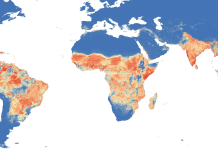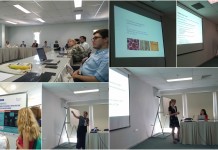These guidelines are intended to give an introduction to the principles of data management. They are aimed primarily at academic researchers who collect, create, store and share data, to give you an idea of how you can make sure your data is genuinely reusable, particularly for text and data mining (TDM) projects. However, the general principles of best practices in data management apply to all cases of storing and sharing content.
Accessing and using content for TDM often involves quite different processes to those used by an individual reader or researcher. New TDM technologies are being developed every day, and managing your data with TDM in mind means you will be better able to use these technologies to discover new knowledge from your data in the future.






